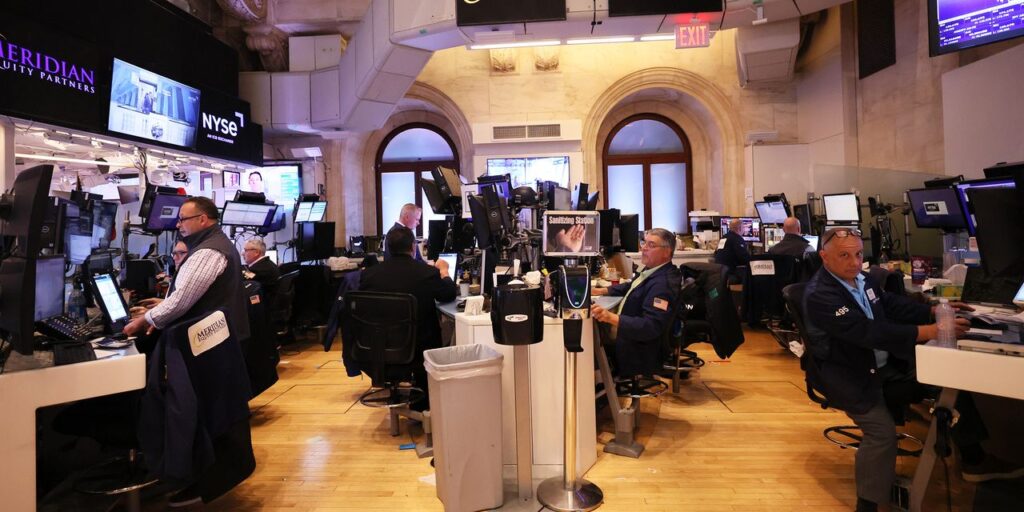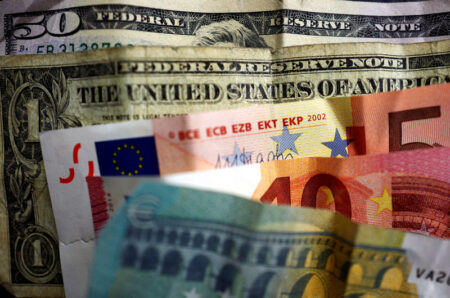The
S&P 500 index
is in a bull market, volatility is very low, and more stocks are rising than in recent months. There must be nothing going on to worry investors, huh?
Not a thing, apparently. The S&P 500 added 0.4% this past week; the
Dow Jones Industrial Average,
0.3%; and the
Nasdaq Composite,
0.1%. The
Cboe Volatility Index,
or VIX, dipped below 14 points, a level last seen before the pandemic. The market’s fear index, in other words, shows no evidence of fear.
And why should it? Republicans and Democrats passed an agreement to raise the debt ceiling until after the next presidential election, the banking turmoil has faded, and economic data have been strong enough to ease worries about a slowdown.
“The U.S. and global expansions stand on solid ground, and fears of an imminent recession look overblown,” writes Marko Kolanovic, J.P. Morgan’s chief global markets strategist.
All of this good news has helped reignite interest in stocks and sectors beyond the handful of Big Tech companies that powered the stock market higher in May. The
S&P SmallCap 600 index
has gained 7% this month, even though its companies are less exposed to long-term trends like artificial intelligence and more to plain old economic growth. Seeing sectors like financials and industrials rise is good news for the S&P 500, which would be flat this year if not for seven or eight megacap stocks dragging it higher. That’s not a trend that can go on forever.
It’s fitting that the S&P 500 exited a 248-trading-day bear market—its longest since 1948—right as more stocks are beginning to join the party. There’s still about a 10% rise to return to the index’s early-2022 record high, and it could well get there.
There are a few hurdles to jump over first. Tuesday will bring May’s inflation data, which is expected to show a 0.4% month-over-month rise in the core consumer price index, matching April’s rate, and a year-over-year increase of 5.2%, down from 5.5% a month earlier.
The Federal Reserve’s policy committee releases a decision a day later. Futures markets are overwhelmingly pricing in a pause in interest-rate increases after five percentage points of hikes since March 2022. A surprise in either CPI measure would probably shake the market’s newfound confidence.
Kolanovic points to the compression in profit margins, tightening credit conditions, and other issues as evidence that the U.S. will still see a recession, even if it is delayed. “These data also suggest that the seeds for an end to expansion are being sown,” he writes.
For now, though, the wall of worry that the market has climbed is disappearing. Enjoy it while it lasts.
Write to Nicholas Jasinski at [email protected]
Read the full article here













